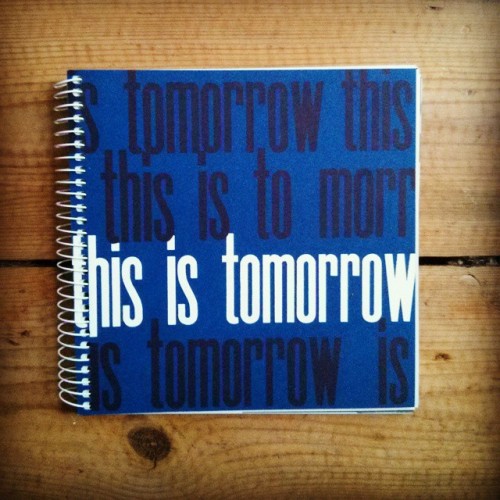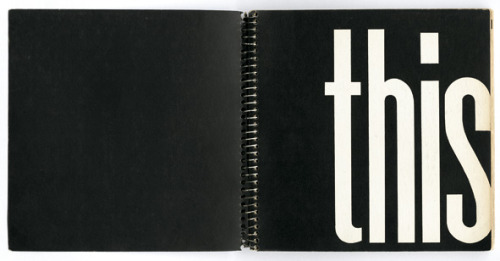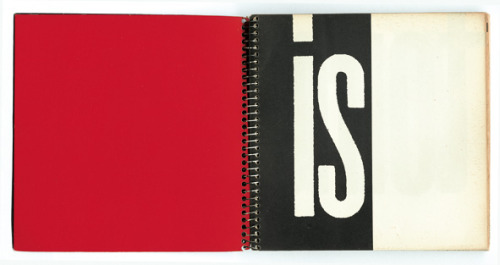Here begins the first of a few posts leading up to something more lengthy that I have been working o
Here begins the first of a few posts leading up to something more lengthy that I have been working on lately:I first came across a significant mention of the 1956 Whitechapel gallery exhibition ‘This is Tomorrow’ through something I was researching outside of my usual sphere of graphic design. I suspect I had heard of it at some point previously in my arts education (perhaps not though) being as it is a seminal moment in British art. After a bit more digging what struck me most was the exhibitions catalogues design. I would have been hard pressed to place it as coming out of fifties Britain had I not known its context when seeing it for the first time. It gets a very fleeting mention in Richard Hollis’ 'Graphic Design: A Concise History’ sandwiched between mentions of Twen magazine and a little bit about First Things First -“Images in magazines, which had been the raw material of Dadaist collages and 'mass communications’ in general, were attracting the attention of artists during this period. This interest was vividly expressed in the exhibition 'This is Tomorrow’ at the Whitechapel Art Gallery in London in 1956. The catalogue was designed by Edward Wright, who had been adept in the advertising manner of Elfer at Crawfords. The catalogue cover carried very condensed poster type printed by silkscreen, and its spiral-bound pages were among the first to use cheap offset lithography and type reproduced from typewriting. It looked forward to the do-it-yourself improvisations of the 'alternative’ magazines of the 1960s and represented the beginnings of Pop Art in the collages by Richard Hamilton” (p165)Edward Wright was a new name to me, one I’d never seen mentioned in any books (as far as I remember), except for the aforementioned Hollis’. Biographical details and further examples of his work have proven fairly sparse online, beyond a few sources and articles. He is a surprisingly and unjustifiably obscure designer considering his typographic evening classes at the Central School were attended by future Pentagram co-founders Alan Fletcher, Colin Forbes and Theo Crosby, along with many other prominent names in graphic design history such as Ken Garland, Germano Facetti and Derek Birdsall. Quite a legacy… But I will say more about Wright and his work another time.A facsimile reprint of the 'This is Tomorrow’ catalogue (worked up by one of my favorite contemporary designers - Fraser Muggeridge) is available from the Whitechapel Gallery, or if you are feeling rich you can get the original for a whopping £1,500 http://www.peterharrington.co.uk/rare-books/architectural/this-is-tomorrow/. Just another thing to naively and optimistically look out for in used bookshops I suppose…(Spread images via Optimism Modernity) -- source link
Tumblr Blog : theoinglis.tumblr.com
#design#graphic design#edward wright#typography



